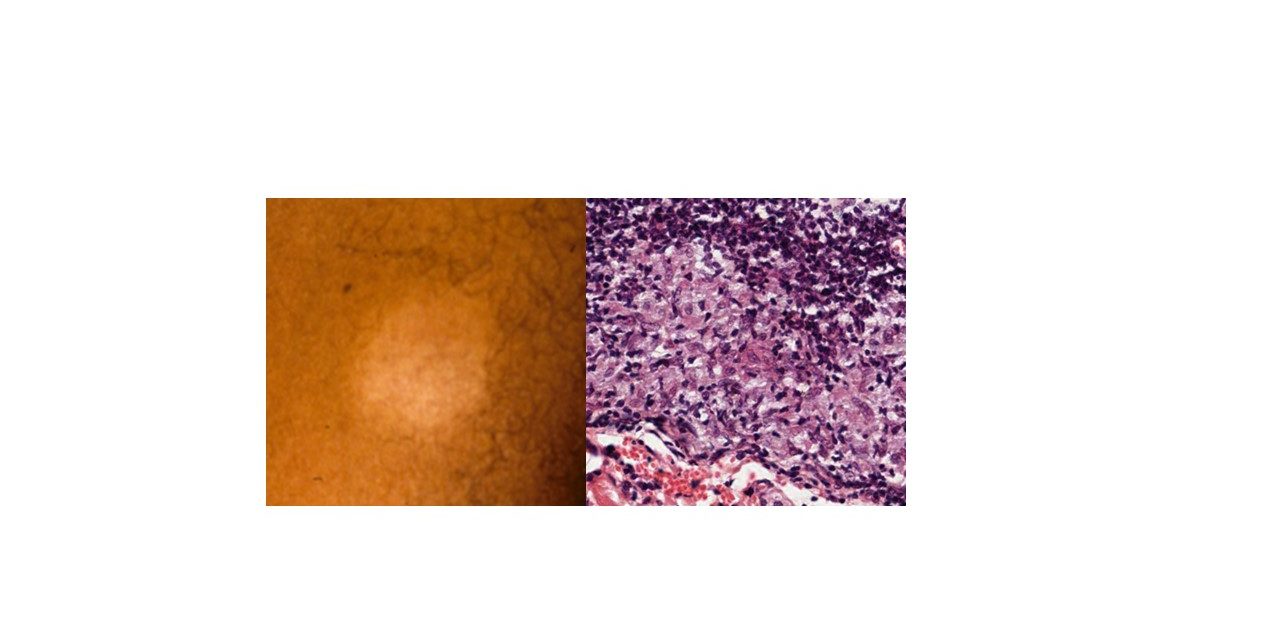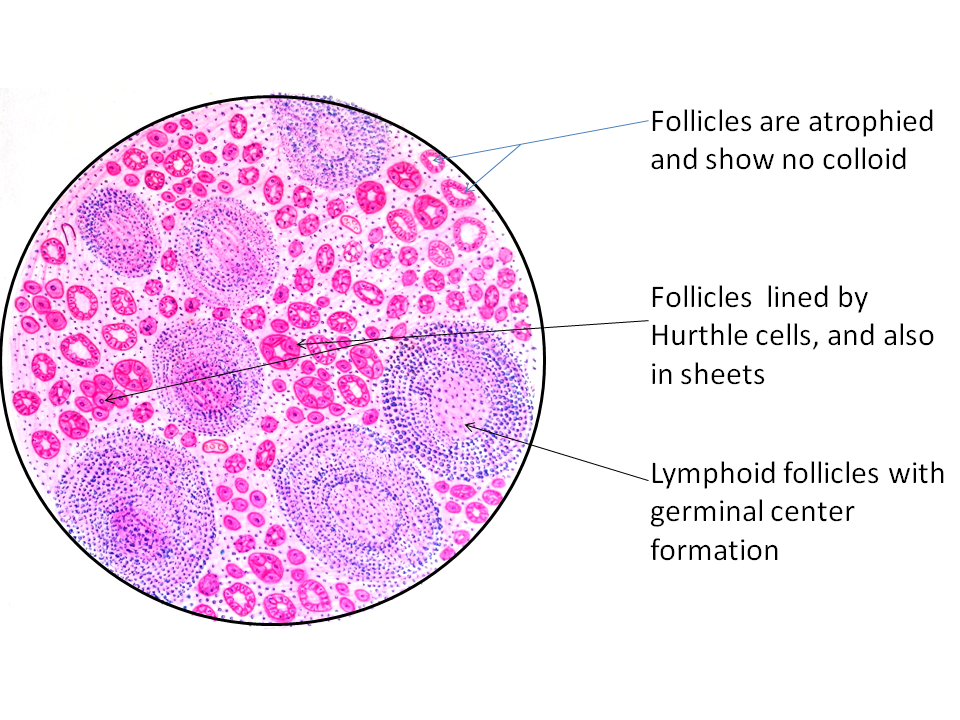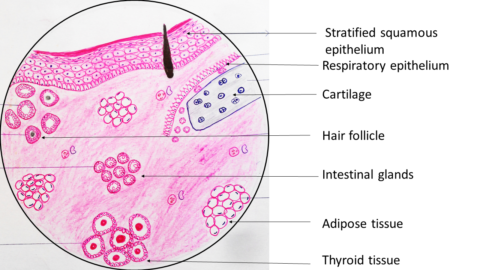LEPROSY:
Also called as Hansen disease, is a Slowly progressive infection caused by M. leprae, a slender, rod shaped weakly acid fast bacilli.
It affects mainly the skin and peripheral nerves.
Mode of transmission: not clearly known. Yet thought to be by respiratory route or through contact of breached skin. Human respiratory secretions are likely source. The incubation period is very long and ranges from 2 – 7 years.
Pathogenesis:
After entering through respiratory route, the bacilli are taken up by alveolar macrophages, and through the blood stream, they are disseminated in the tissue. The bacilli then multiply in the cooler areas like skin and peripheral nerves. They are found to proliferate best in 32-34 degree C.
Classification of leprosy
Various classifications include
Indian
WHO
Madrid
Ridley-Jopling
The Ridley Jopling classification is as below
Clinical features:
Hypopigmented or erythematous skin lesion(s) with definite loss/impairment of sensation, or Involvement of the peripheral nerves, as demonstrated by definite thickening with sensory impairment,
Clinical features varies depending on the type of leprosy.
The differences between tuberculoid and lepromatous leprosy is illustrated below
Histopathological findings in leprosy
Tuberculoid leprosy
Normal or thinned out epidermis
In the dermis, there will be presence of epithelioid granulomas surrounded by lymphocytes and plasma cells with few Langhans type of giant cells. There will be no evidence of caseation necrosis. The granulomas are often found in relation to neural structures and other adnexal structures . Mononuclear cell infiltration around the nerve bundles
Lepromatous leprosy
Thinned out epidermis. Presence of subepidermal clear zone of Grenz. Dermis show dense histiocytic infiltrates throughout . presence of numerous large histiocytes which are having abundant foamy/vacuolated cytoplasm. They are refereed to as Virchow cells or Lepra cells.
These cells demonstrate the presence of numerous acid fact bacilli on modified ZN staining. The presence of bacilli in the form of cigar bundle appearance is called as Globi













